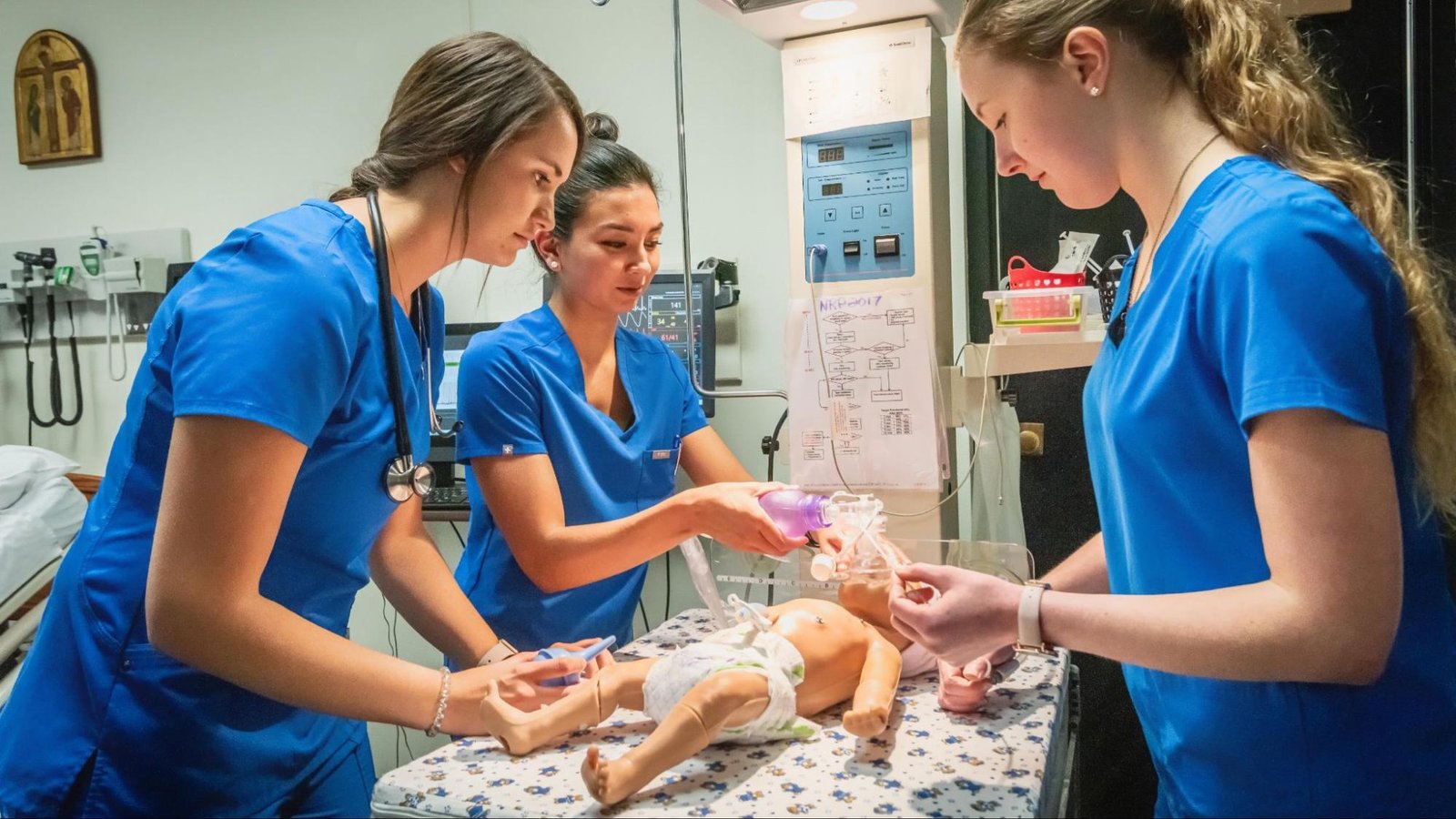Today our topic of discussion is Newer Modes of Mechanical Ventilation.
Newer Modes of Mechanical Ventilation

Newer Modes of Mechanical Ventilation
Pressure control ventilation: A pressure limited time cycled ventilator is used. (Servo 900c or Puritan Bennet 7200a) The Servo controlled valves were the key to the development of the pressure control time cycled mode now available. Specific inspiratory pressure and inspiratory time is set.
The ventilator delivers a flow of gas until the pressure is reached which is maintained within the lung for the set inspiratory time. As in assist control mode, the patient is able to initiate a breath and in the event of apnea a backup rate will support the patient’s respirations. But, with changes in airway resistance and lung compliance the delivered tidal volume varies. (Stephen B (1996).
With pressure control ventilation the initial flow is high due to the maximum pressure difference between the inspiratory pressure delivered by the ventilator and the pressure present inside the lung at the beginning of the inspiratory cycle. With the subsequent increase in intrathoracic pressure, the pressure difference diminishes so also the inspiratory flow.
The flow pattern is called decelerating inspiratory flow as against the constant flow pattern in traditional ventilation. The absolute rate of inspiratory flow is influenced by the resistance of the airways. If the resistance is high, the flow is reduced, if it is low, the flow is increased.
Deceleratory flow leads to an early and sustained ultra-alveolar pressure whereas in the traditional ventilation with constant inspiratory flow intra- alveolar pressure is increased; thereby the pulmonary gas exchange in diseased lung is better with this mode.

The rapid introduction of gas into the airway may be uncomfortable for patient and may require sedation/ paralysis. Pressure control ventilation is indicated in all clinical situations requiring mechanical ventilation as this mode provides most efficient gas exchange at the lowest inspiratory pressure.
Inverse ratio ventilation: It is an alternative method of providing ventilatory support to a group of patients with refractory hypoxia. As against the conventional methods, the duration of inspiratory phase is reversed.
Inspiratory-expiratory ratio becomes 4:1 which result in a shortened expiratory time. The incomplete exhalation causes a PEEP like effect which in turn causes, the alveolar pressure to remain positive throughout the entire respiratory cycle. This constant pressure prevents the alveoli from collapsing at the end of exhalation.
Indications
- Diffuse lung injury
- Refractory hypoxemia
- Hemodynamic stability.

Contraindications
- A nondiffuse lung disease such as lobar pneumonia
- Obstructive pulmonary disease
- Presence of copious secretions.
- A pressure limit time cycled ventilator in the pressure control mode is used when implementing TRV.
- Following parameters are monitored when patient is on TRV.
Read more:
